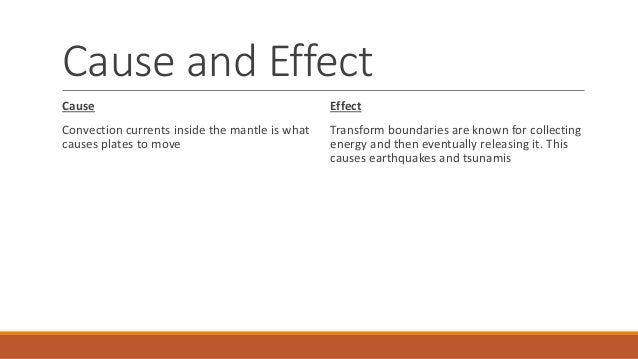


This concept provides a framework for the evaluation of petroleum resources related to basin formation, and mineral exploration related to igneous activity associated with transtensional processes. The dynamism of the fault system along a CTC boundary can enhance vertical tectonism and basin formation. Examples are given of structures formed along three CTC boundaries: the Aleutian Ridge, the Solomon Islands, and the Philippines. These margins are considered to be composite transform-convergent (CTC) plate boundaries. The stress pattern and strain effects vary along the length of the system and change through time. This fault system is often structurally complex, and may show correspondingly uneven strain effects, with great vertical and translational shifts of the component blocks of the fault system. The leading edge of the overriding plate at an obliquely convergent boundary is commonly sliced by a system of strike-slip faults. Within a granular description, fault and blocks systems may rapidly rearrange the distribution of forces within them, driving a mixture of transient and intermittent fault slip behaviors over tectonic time scales.Ĭomposite transform-convergent plate boundaries: description and discussion
#TRANSFORM BOUNDARY EXAMPLES CRACK#
This suggests that the plate boundary can be understood as a densely packed granular medium, predicting a characteristic tectonic length scale of 91 Â☒0 km, here representing the characteristic size of tectonic blocks in the southern California fault network, and relating the characteristic duration and recurrence interval of earthquakes, with the observed sheared strain rate, and the nanosecond value for the crack tip evolution time scale. Namely, we show that, consistent with findings for slowly sheared granular media, the distribution of velocity fluctuations deviates from a Gaussian, exhibiting broad tails, and the correlation function decays as a stretched exponential.

Here, we analyze fluctuations in Global Positioning System observations of interseismic motion from the southern California plate boundary, identifying heavy-tailed scaling behavior. The characteristic length scale of kinematically distinct tectonic structures is particularly poorly constrained.

The development of macroscopic models of quasistatic planar tectonic dynamics at these plate boundaries has remained challenging due to uncertainty with regard to the spatial and kinematic complexity of fault system behaviors. Elastic strain is accumulated at a slow strain rate on the order of 10-15 s-1, and released intermittently at intervals >100 yr, in the form of rapid (seconds to minutes) coseismic ruptures. Intermittent Granular Dynamics at a Seismogenic Plate BoundaryĮarthquakes at seismogenic plate boundaries are a response to the differential motions of tectonic blocks embedded within a geometrically complex network of branching and coalescing faults.


 0 kommentar(er)
0 kommentar(er)
